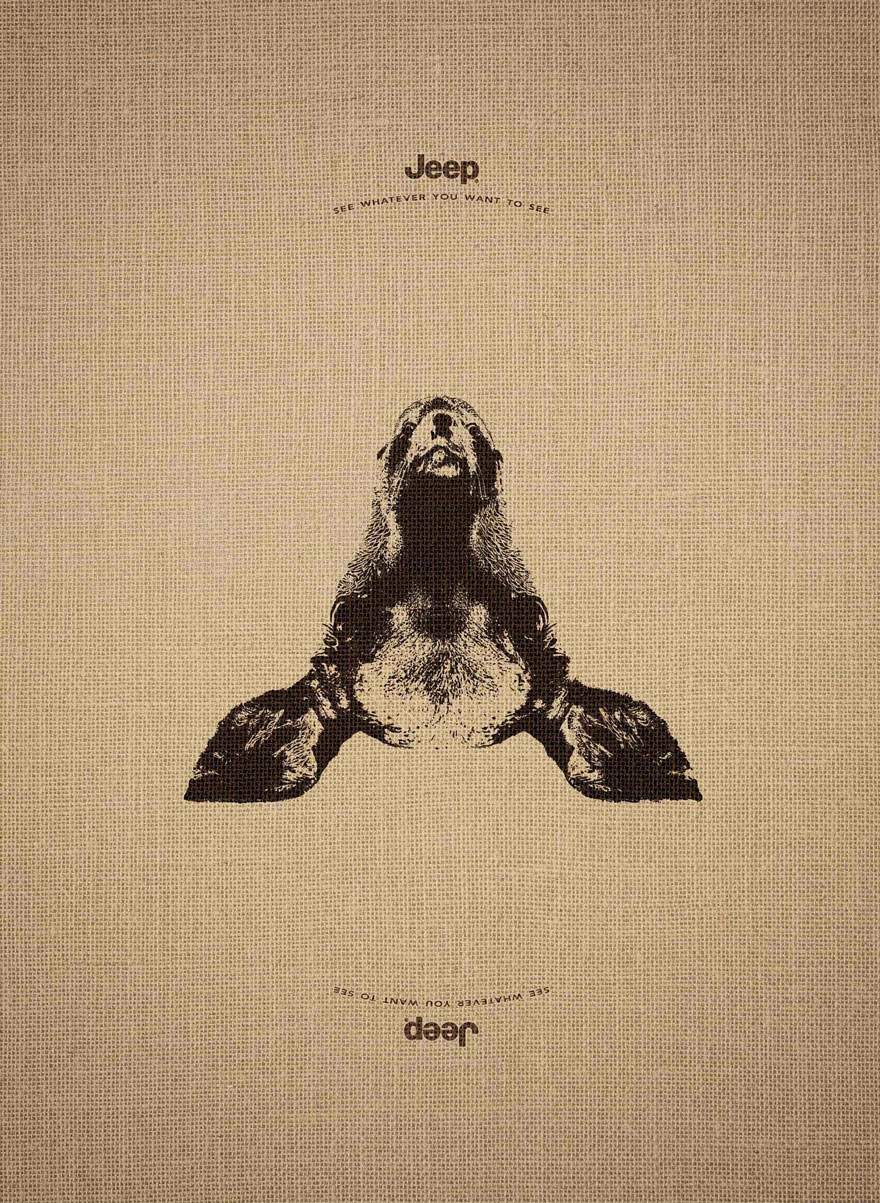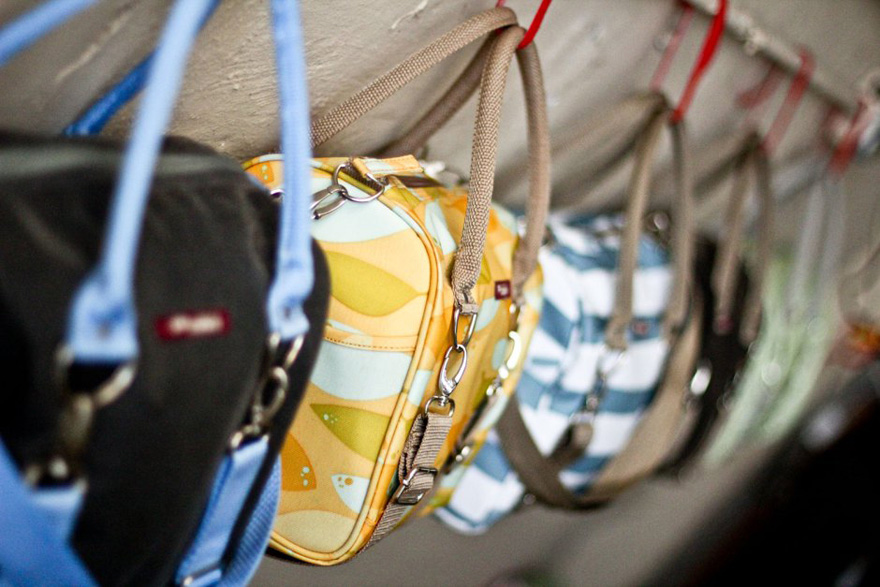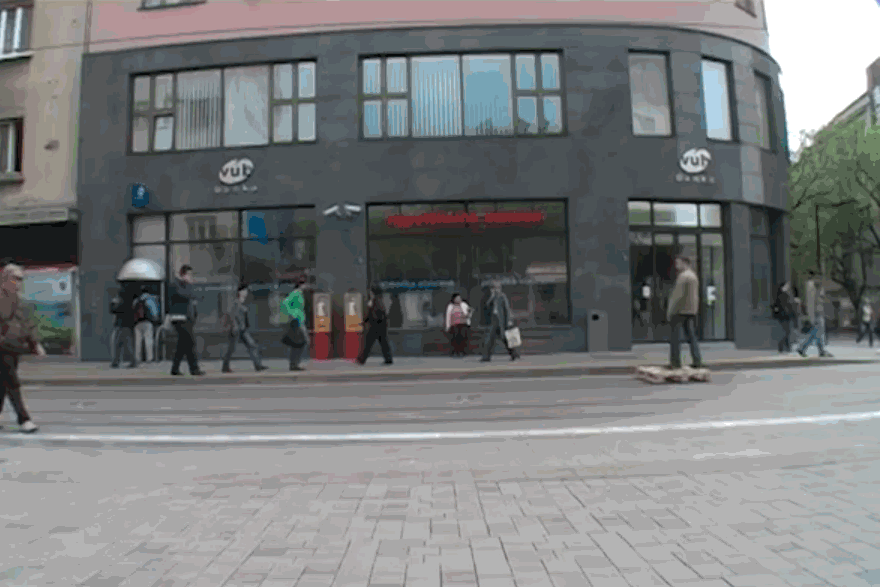
As a society, we've more or less got the design of gas stations figured out. Outside is a row of pumps (ground-mounted in most of the world but ceiling-mounted in space-tight countries like Japan), a roof to keep the elements off, a sprinkler system in case Gus decides to light up a Pall Mall. Inside there's snacks, cold drinks and a bathroom where you can cut and bleach your hair when you've been wrongly framed for murder and are on the run from the cops.
But in the early part of the 20th Century, gas stations were neither commonplace nor figured out in terms of design. There was no standard. The few folks that owned cars might be able to find a "filling station," or they drove to hardware stores to buy gasoline over-the-counter. So Frank Lloyd Wright's 1927 design for a filling station must've seemed very radical indeed.


Wright's vision featured two cantilevered roof wings, each of which supported overhead gas pumps made from glass, for chrissakes, ringed with copper. And speaking of copper the entire roof was shod with it. (Impossible to imagine today given the cost of metal, but back then copper was so cheap that there was a huge statue entirely made out of the stuff in New York City, and we'd gotten the whole thing for free less than fifty years earlier.) Two towering "totems," as Wright called them, would have a sign conspicuously suspended between them.

















 CHICAGOLAND at WantedDesign. Photo by Alex Welsh
CHICAGOLAND at WantedDesign. Photo by Alex Welsh Preview Reception at Chicago Design Museum. Courtesy David Ettinger
Preview Reception at Chicago Design Museum. Courtesy David Ettinger CHGO DSGN at the Chicago Cultural Center. Courtesy Ross Floyd Photography
CHGO DSGN at the Chicago Cultural Center. Courtesy Ross Floyd Photography Opening Night at CHGO DSGN. Courtesy Alfonso Monroy and Elizabeth Muskopf
Opening Night at CHGO DSGN. Courtesy Alfonso Monroy and Elizabeth Muskopf
















 In case you missed it, check out our
In case you missed it, check out our 
















